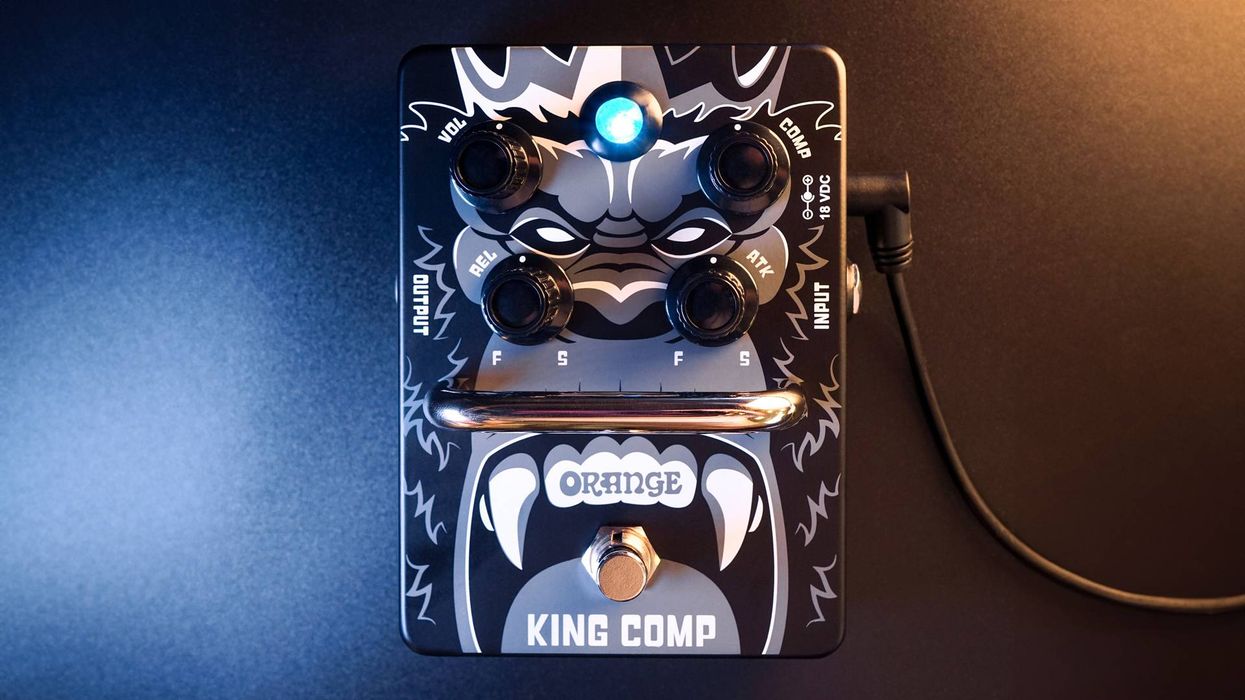Chops: Intermediate
Theory: Intermediate
Lesson Overview:
• Learn about how to map out the neck with chord inversions.
• Create arpeggio-based lines using open strings.
• Understand how to use diminished triads over dominant chords.
Click here to download a printable PDF of this lesson's notation.
How a guitarist uses triads—chords composed of three notes—is very telling when it comes to the big picture in music. A command of triads gives you a foundation for understanding harmony and how the guitar functions. Mastering triads will change you as a player. It takes a little time, but it starts here. The next thing you know, you’ll be managing larger, more complex chords.
For this lesson, let’s focus on the top set of strings, which consists of the 1st, 2nd, and 3rd. It’s vital that you pay attention to every interval inside these triads while you learn them—especially the root, which is your vantage point.
Basic triads contain a root and some form of 3 and 5. What form the 3 and 5 take depends on whether the triad is major (1-3-5), minor (1-b3-5), diminished (1-b3-b5), or augmented (1-3-#5).
There are three basic inversions to learn in each type of triad. Pay close attention to the order of the inversions, as well as where the root appears. This will make the ideas that follow clearer. Ex. 1 shows the inversions for a C major triad; Ex. 2 does the same for a Cm triad.
Dominant 7 chords (1-3-5-b7) contain four notes. Because we’re dealing with three-part harmony, we have to figure out ways to suggest the larger structure using only three notes. One way to do this is to simply play a major triad from the same root, substituting a G major triad (G-B-D) for G7 (G-B-D-F), for example. But because we lose the colorful b7 in the process, this approach can sound bland or generic.
But there is a way to use triads to imply a dominant 7 chord. The trick is to arpeggiate a diminished arpeggio starting on the 3 of the dominant chord. The diminished chord’s ability to invert after every minor third interval makes it very easy to use as well. Ex. 3 illustrates the process using a Bdim triad (B-D-F) over G7. Notice how the Bdim triad contains the top three notes of G7, including the important b7 (F).
As an instructor, I often see students who think they can play through all of the triads. They look so simple right? All I have to do is call a horn key (F, Bb, Ab, Eb) and it’s an instant struggle for most. Because of the guitar’s design, it’s common to just move a shape around in half-steps and assume it has been learned to the fullest extent. This way of learning leaves giant holes and blind spots on the fretboard and in the mind.
To truly learn how something functions, play it through the cycle of fourths. This is not fun, but it gets years of guessing out of the way. Ex. 4 is one of those exercises that you have to make your way through to see what can be seen. If you can manage the cycle of fourths with triads, then cycling with arpeggios, scales, and progressions will follow. (Note: the cycle of fourths is just the cycle of fifths played counter-clockwise).
To add more harmony in between the positions, we can connect minor triads with diminished triads. In Ex. 5, we alternate between Bdim triads and Am (A-C-E) triads. This approach creates a horizontal movement that can work nicely in a traditional setting like the minor blues or a I7-IV7-V7 progression.
Since the key of A minor is relative to the key of C major, we can also add C major triads for more diversity. In Ex. 6 we move up and down the neck by combining minor, diminished, and major triads. Try creating your own motifs with this approach as a way to add energy to a static vamp.
Whenever I compose or perform, I always pay attention to how I can incorporate the open 1st, 2nd, and 3rd strings. Adding tension with open strings really takes advantage of the guitar’s unique design. Ex. 7 begins with a series of C major triads, but we make one important change: We replace every note that would fall on the 2nd string with an open B, all while keeping the rest of the C major triad intact.
To make things a little more moving and interesting in Ex. 8, we’ll use an up-down-down-down picking pattern that is common in folk music and Gypsy jazz. The open 1st string will serve as an alternative to the expected fretted note. This creates a more arpeggiated sound and our open-string antics bring out some unusual accents.
We’ll take the same approach in Ex. 9, but this time I’ll throw the open 2nd string into the mix as well. Overall, I think this makes for a more intriguing listen.
Ex. 10 demonstrates how knowing the relationship between triad inversions and open strings can be a real advantage. Here, I’m moving through all three inversions while toggling between fretted notes and open strings. It creates a kind of juggling sound that can work in anything from a metal riff to a motif in a solo.
Next we’ll continue to build on this idea by adding a higher note with each inversion (Ex 11). In addition to sounding cool, the open strings allow quick breaks for fingering adjustments.
For the final example (Ex. 12), we insert chromatic passing tones to bring a scattered sound back down to earth. We then move through all of the inversions until the very end where I’ve added harmonic minor passing tones to create a final motif.
This same process can be applied to anything within the relative key. It is just a matter of taste in sound. I recommend trying these ideas over any progression that comes your way. Using three simple triads per chord type, you’re likely to be very surprised at just how relative everything can be.
Triads are small enough to comprehend while managing. I can’t stress the importance of them enough. The biggest challenge a guitarist faces is what one could consider “double learning.” Because the guitar is not like a piano and middle C, for instance, happens in numerous places, activities like sight-reading are more challenging than on any other instrument.
Not only do we have to learn the language of music, but how to interpret and execute it on an instrument that resembles a measuring stick. Music theory and guitar logic are two very different things, which is why you find some guitarists who know all the theory in the world but sound terrible. And conversely, you’ll find people who have no grasp at all of music theory, yet they go down in the books as one of the greats. It is this paradox that makes our instrument one-of-a-kind.

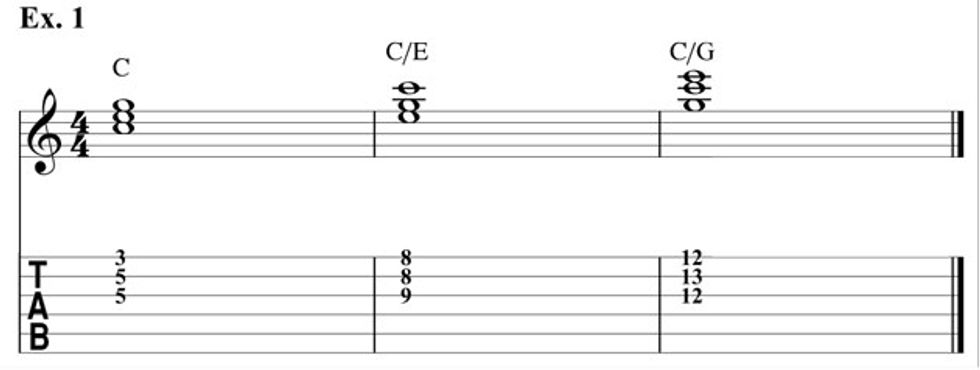
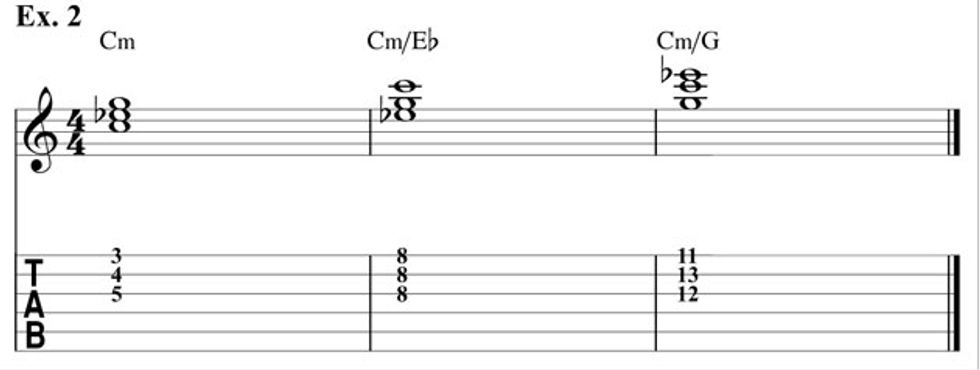
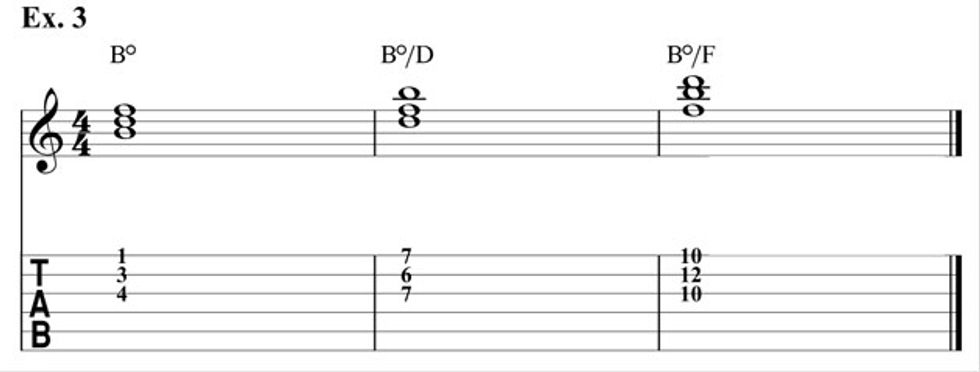
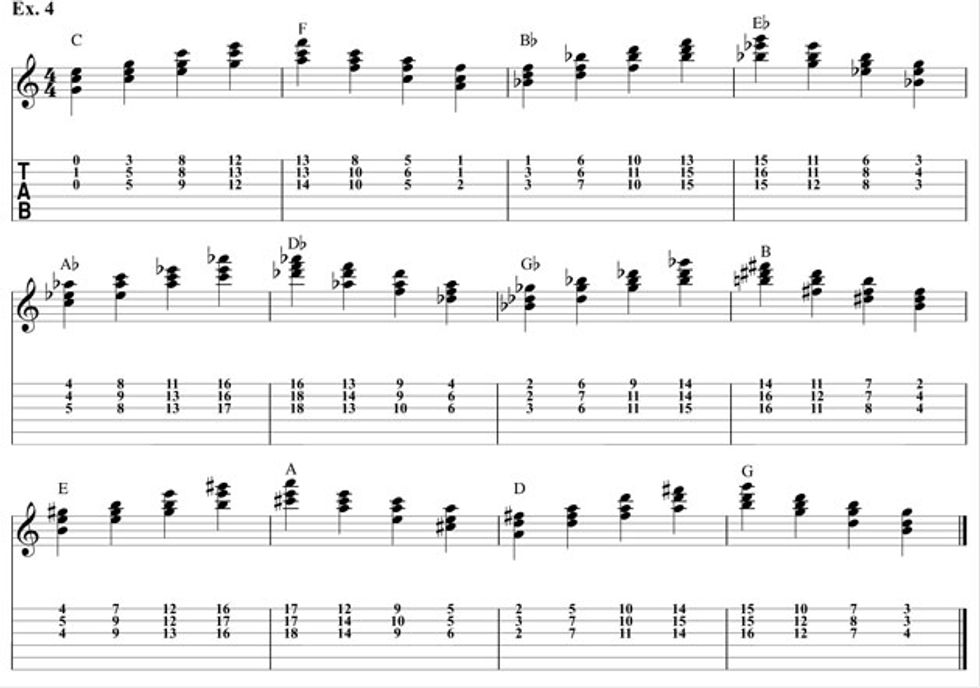


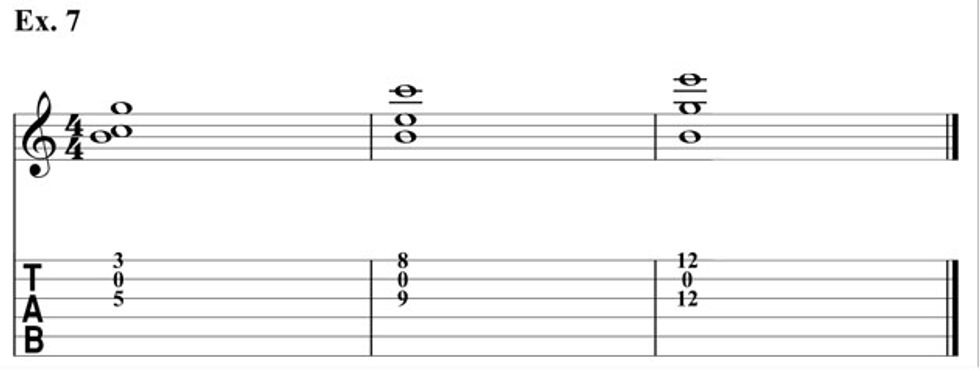
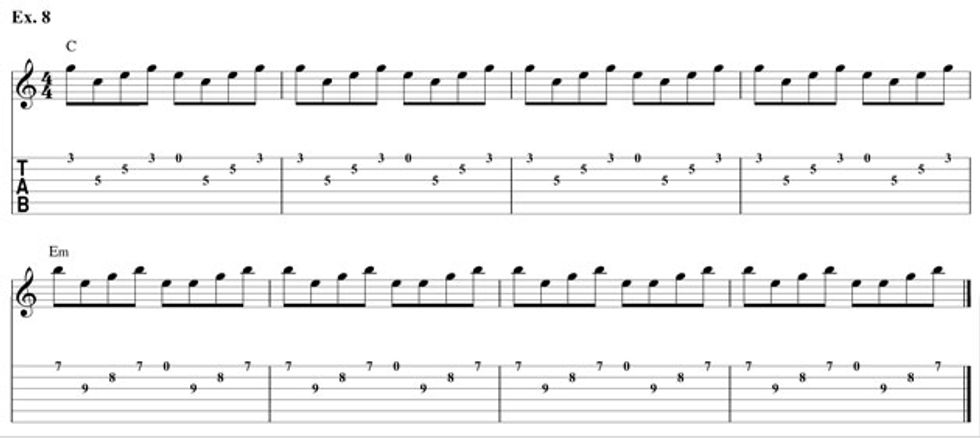
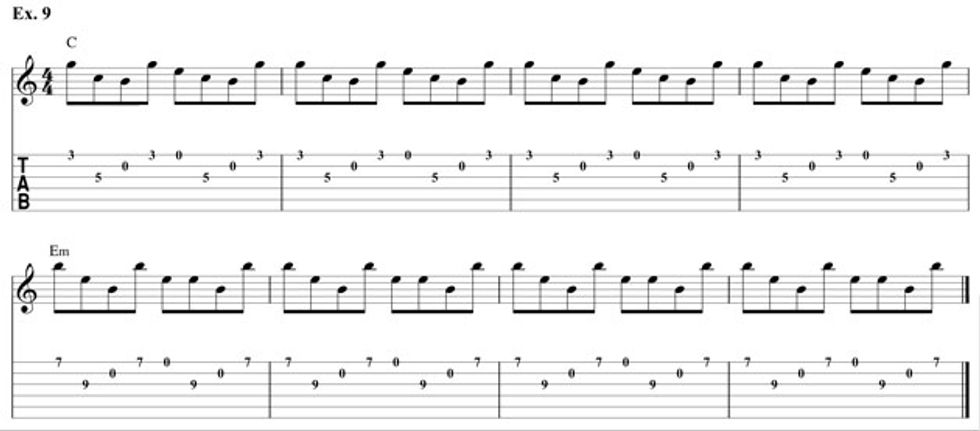
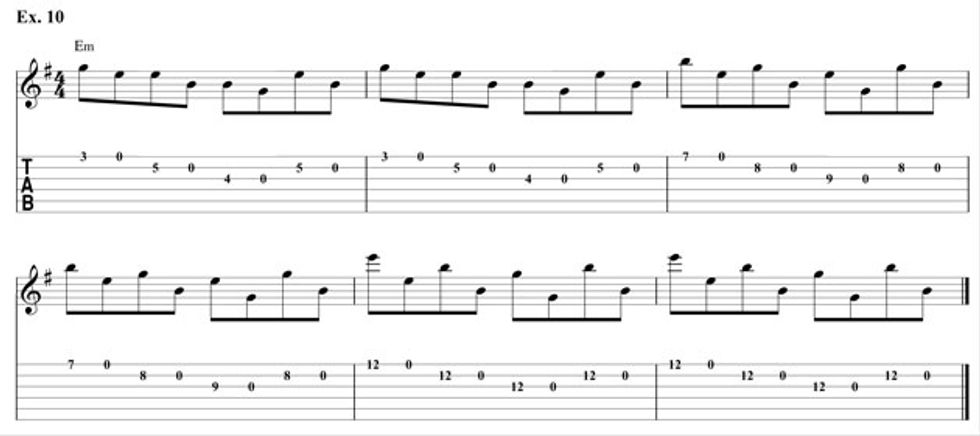
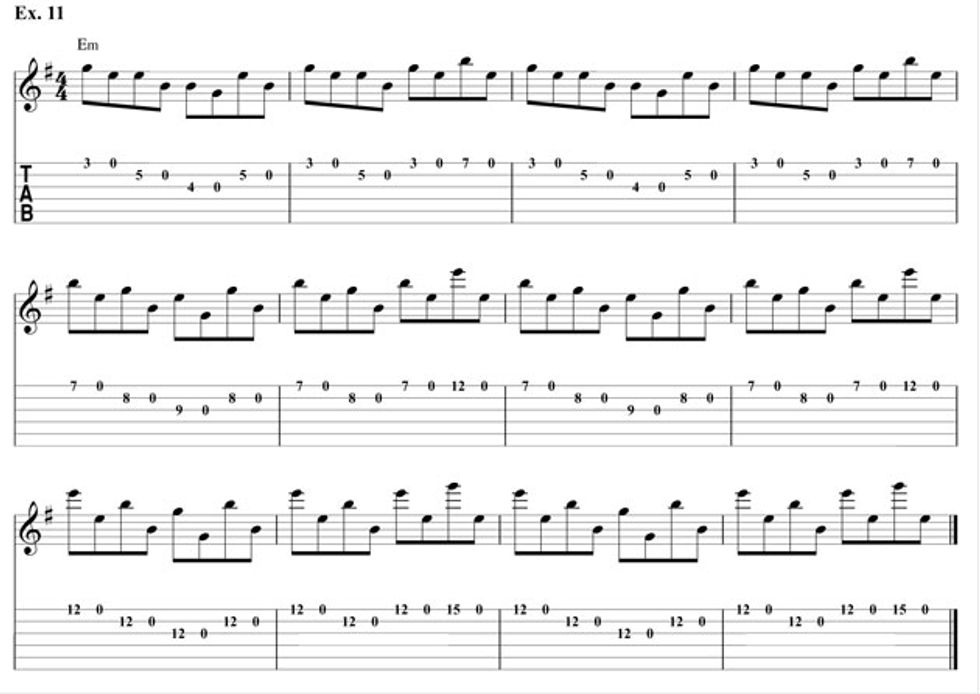
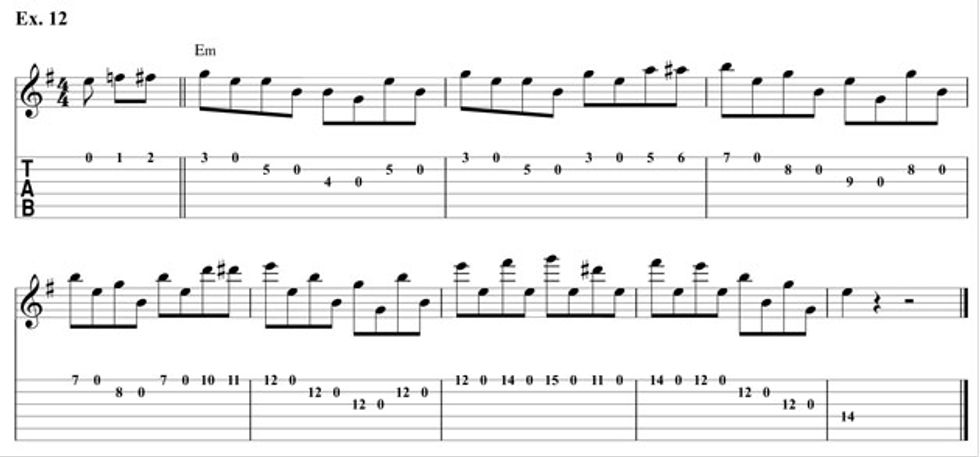



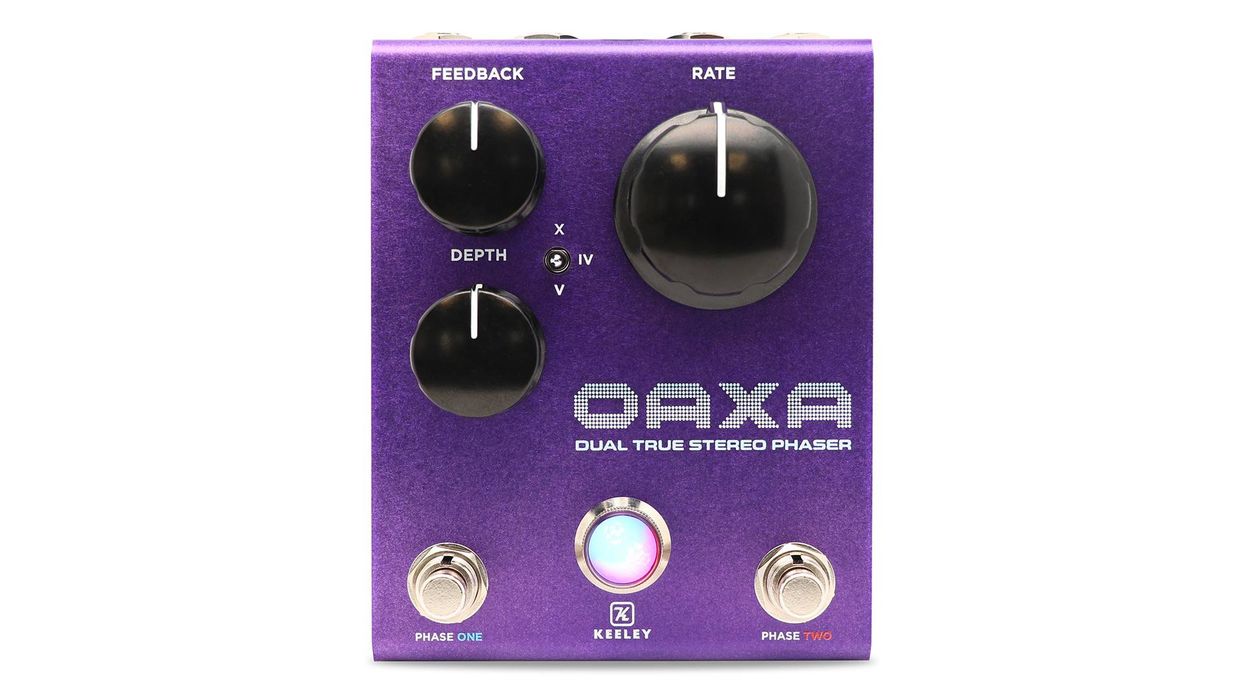



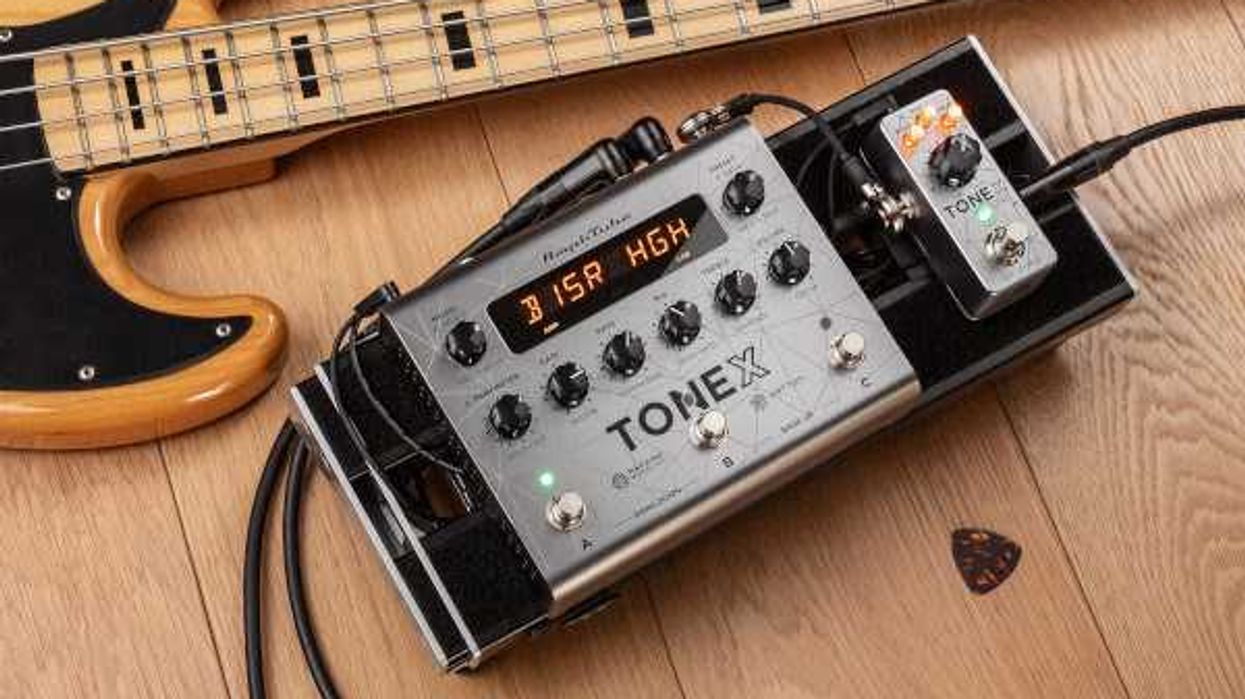
![Devon Eisenbarger [Katy Perry] Rig Rundown](https://www.premierguitar.com/media-library/youtube.jpg?id=61774583&width=1245&height=700&quality=70&coordinates=0%2C0%2C0%2C0)
